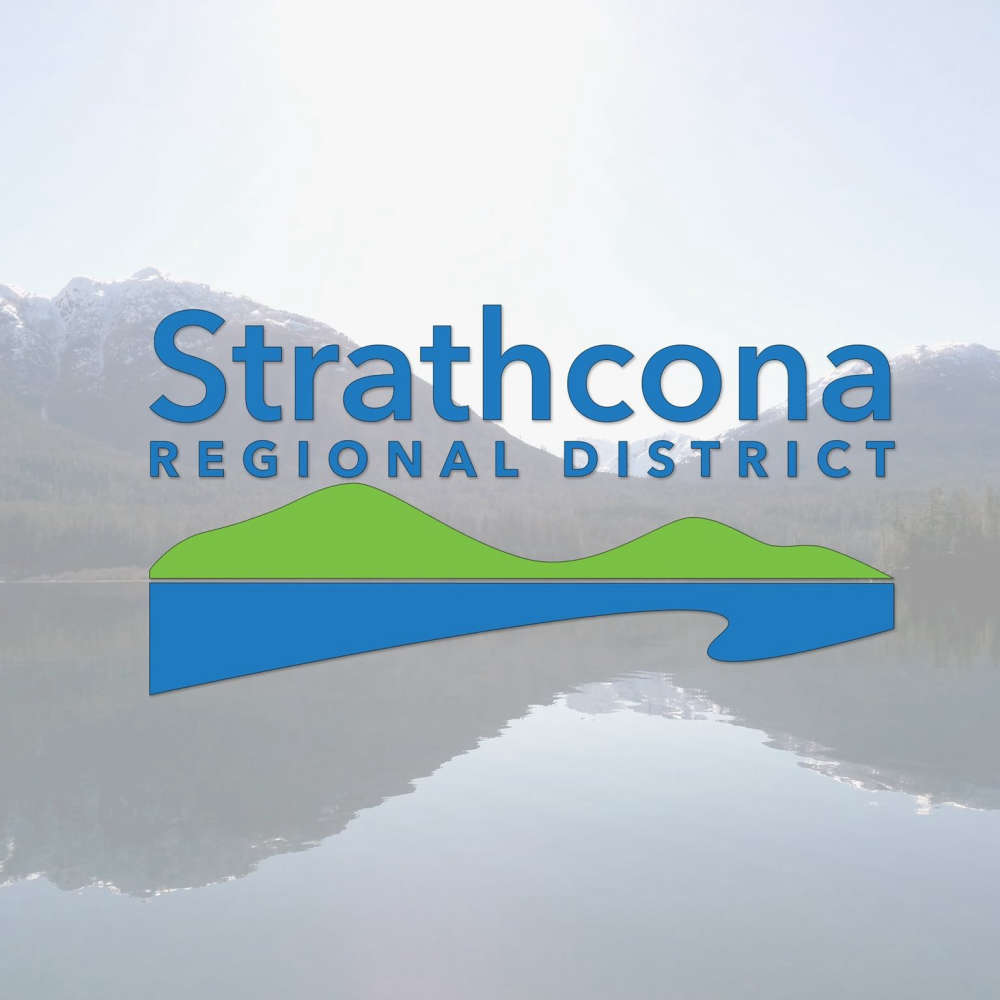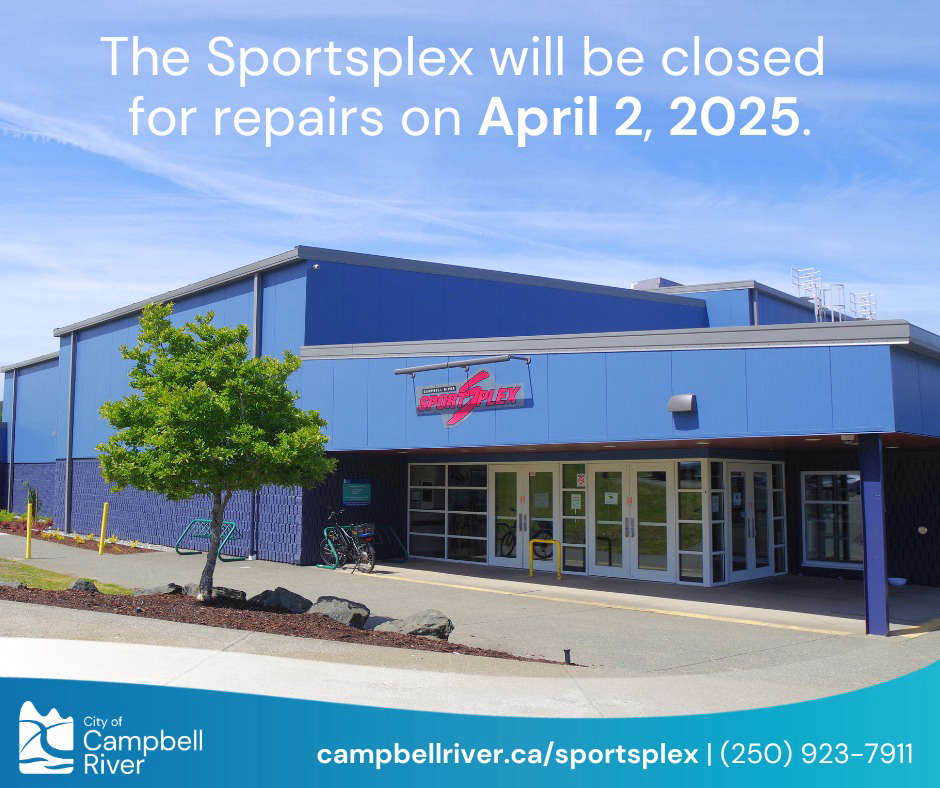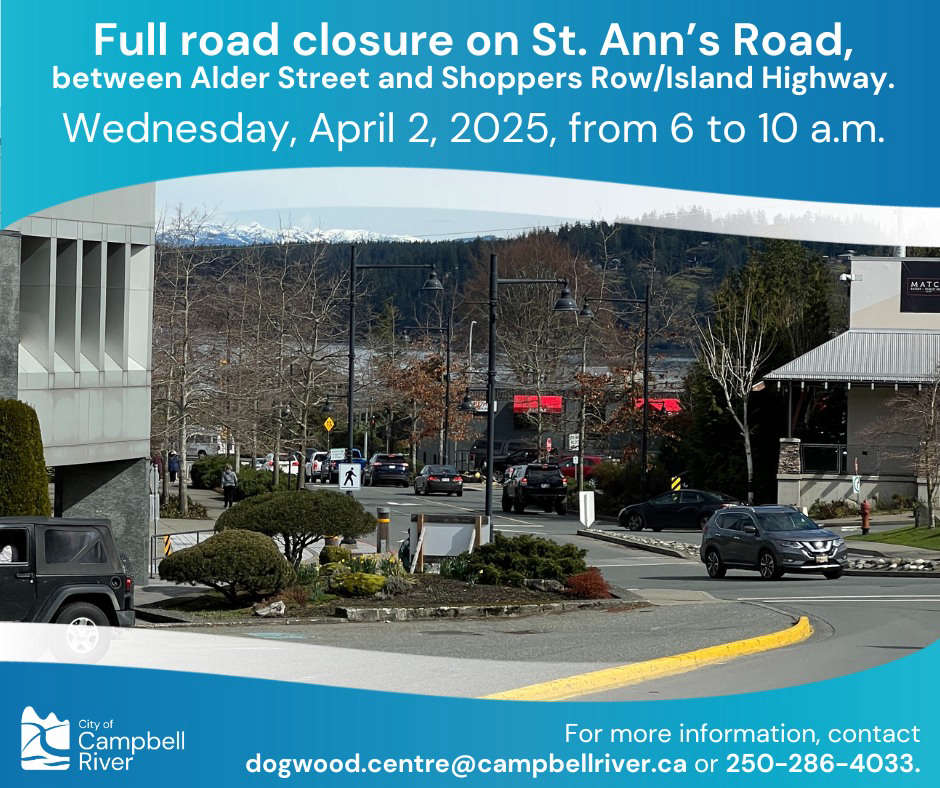
First Nations communities and local governments throughout B.C. are getting funding to strengthen cultural safety in local emergency-management practices.
The Province is providing a total of approximately $1 million for 20 local Indigenous cultural safety and cultural humility training projects, including locally, through the Community Emergency and Preparedness Fund.
The money will be used by First Nations and local governments to make emergency management and supports more inclusive for Indigenous Peoples.
Projects include creating cultural humility training videos for the Strathcona Regional District’s reconciliation framework and training plan.
They will be developed in collaboration with regional partners and First Nations.
An Emergency Disaster Management Act Path Forward workshop will also be hosted with local governments in the region.
SRD Board Chair Mark Baker says a video series, created in partnership with First Nations communities to share their unique histories, cultural values and contemporary realities, will play an integral part in supporting the cultural safety and humility training within the region.
“Through these authentic voices, we foster deeper understanding and lay the foundation for respectful relationships built on shared knowledge and a commitment to reconciliation"
The CEPF supports First Nations and local governments to better prepare for disasters and reduce risks from natural hazards in a changing climate.
In addition to Indigenous cultural safety and cultural humility training, funding also supports:
- disaster-risk reduction and climate adaptation
- volunteer and composite fire departments equipment and training
- emergency operations centre equipment and training
- public notification and evacuation-route planning
- emergency support services equipment and training
The Province says it has invested $369 million into the CEPF since it was established in 2017, with about $301 million provided to First Nations and local governments for approximately 2,170 projects.
For more information, visit Strathcona Regional District.

 Filberg Park Awarded Special Accreditation
Filberg Park Awarded Special Accreditation
 Sportsplex Closed Wednesday For Repairs
Sportsplex Closed Wednesday For Repairs
 St. Ann’s Road Closure Today
St. Ann’s Road Closure Today
 Strathcona Regional District Approves 2025-2029 Financial Plan
Strathcona Regional District Approves 2025-2029 Financial Plan
 Comox Valley Talks Recreation
Comox Valley Talks Recreation
